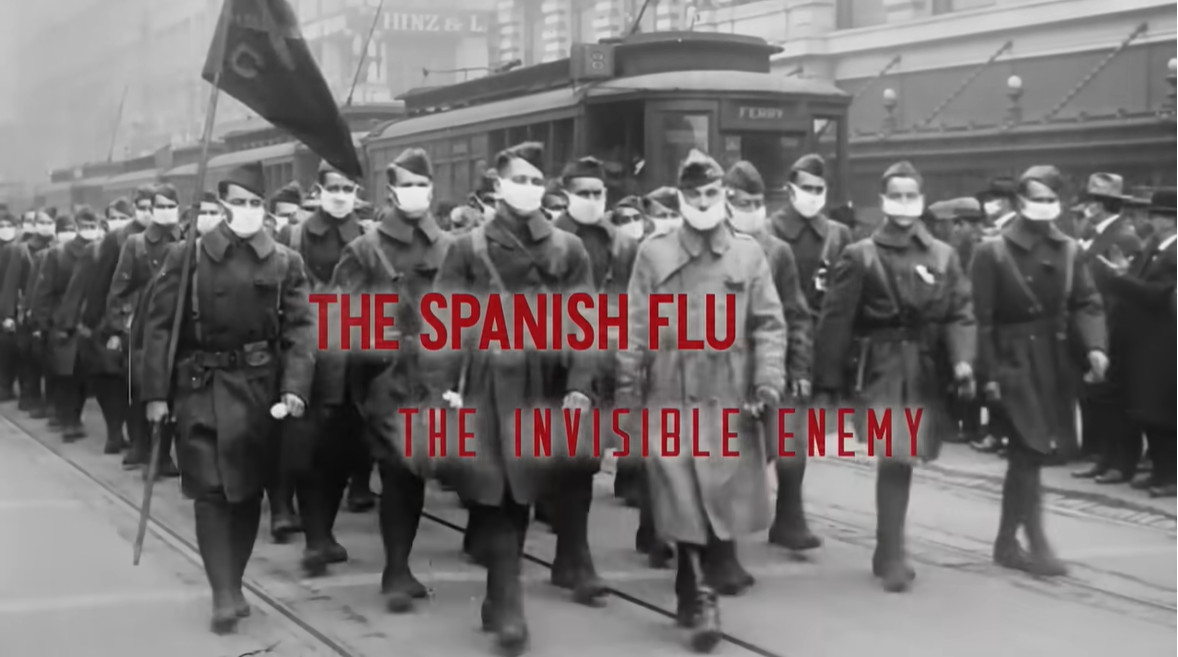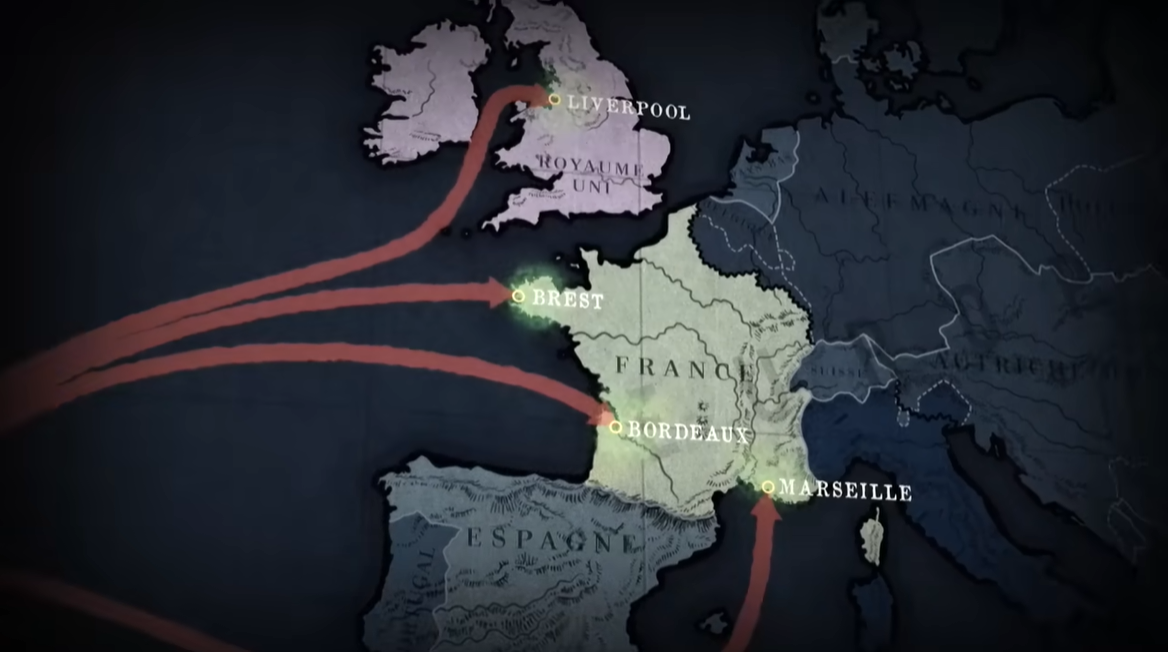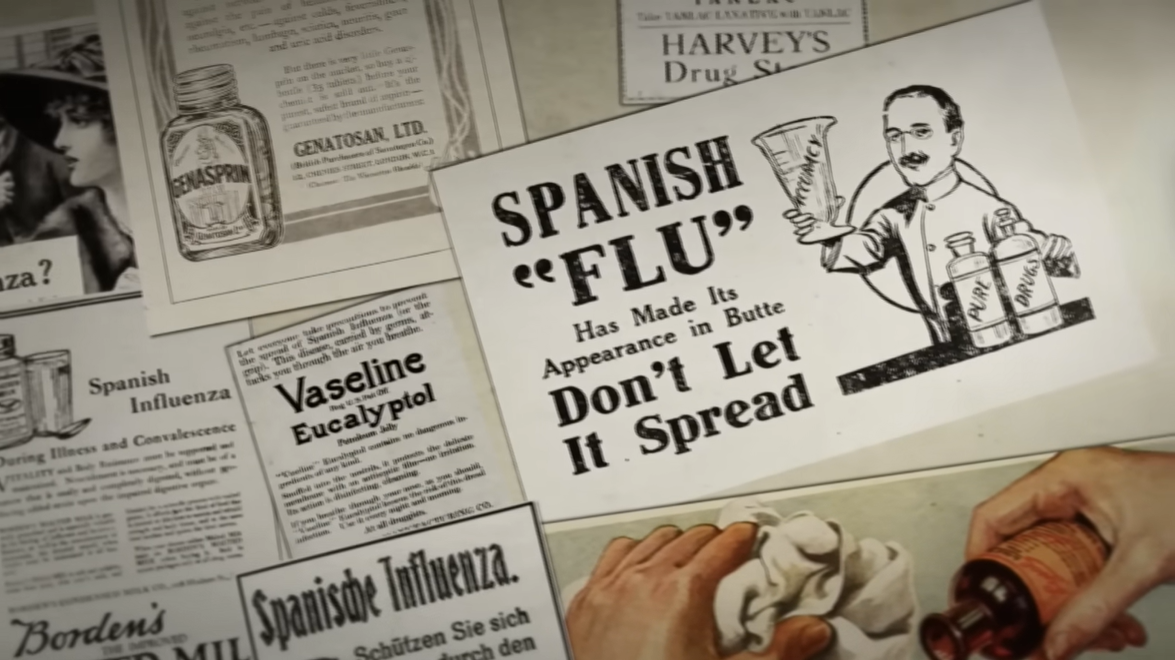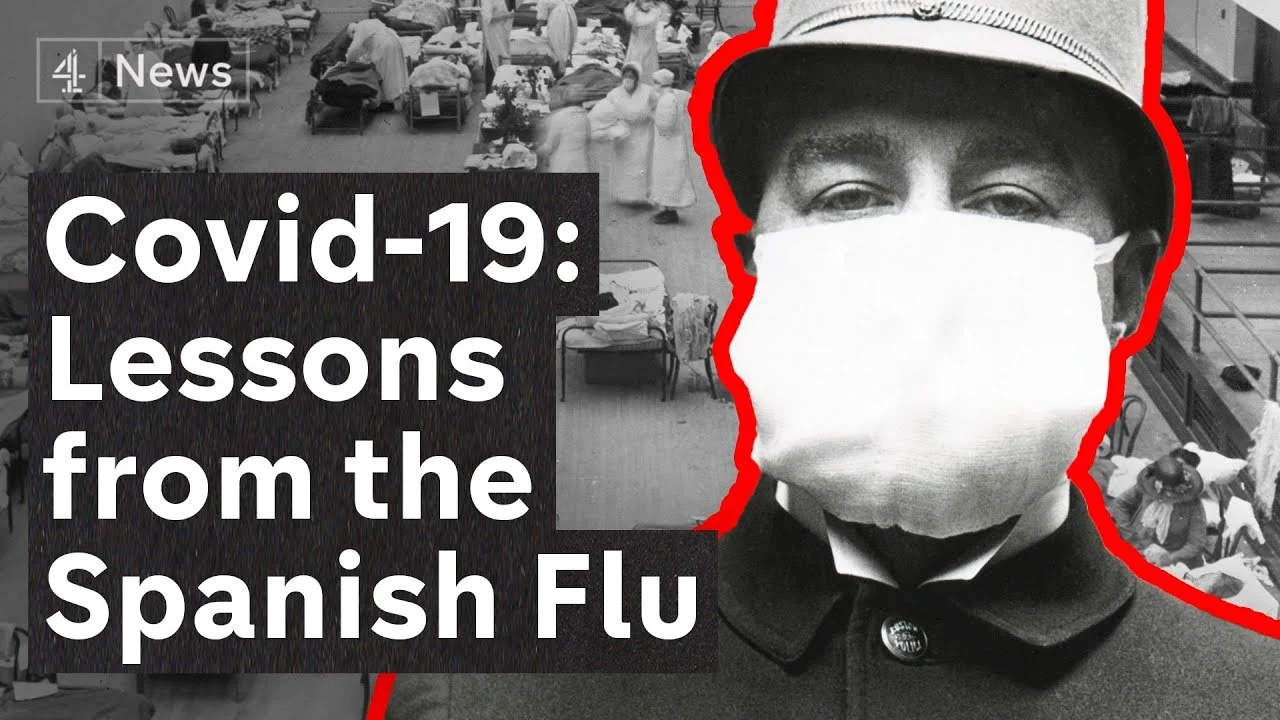
Unmasking the History of the Spanish Flu Pandemic
Explore the devastating 1918 Spanish flu pandemic, its origins, impact, and lessons for today. Discover the untold story.
Introduction
The winter of 1918 was marked by freezing temperatures that paralyzed the United States, as the nation was deeply embroiled in World War I. Amid the preparations for troop training and the impending war, an unforeseen and relentless danger lurked, poised to wreak havoc and devastation on a global scale. This danger was not an enemy on the battlefield, but a microscopic foe that would go on to become the deadliest pandemic in history - the Spanish Flu.

The Silent Arrival
The story begins at the military camp in Funston, Kansas, where tens of thousands of soldiers were preparing for their role in World War I. It was here, in the early days of March 1918, that a cook fell ill with symptoms that would soon sweep through the camp. Fever, body aches, headaches, and a severe cough became rampant, affecting over a hundred soldiers in a matter of hours. The US military initially identified the outbreak as the flu, and while it did raise some concern, the prevailing attitude was that the flu rarely proved fatal.

Global Spread
As spring approached, training camps emptied as troops headed to major ports on the East Coast, ready to deploy to support the war effort. However, no measures were taken to limit the contagion's spread as the priority was sending millions of men to the front lines. Troop ships departing from New York, Boston, and Philadelphia created a perfect breeding ground for the virus, leading to the infection of thousands of soldiers during the voyage.
The Virus Takes Hold
The virus began its migration across France, silently infecting populations it encountered. The liberation celebrations masked the presence of the deadly virus as it continued to spread among the troops. Spain was the first to break the news of the illness, and soon the world learned of the pandemic that had slipped through borders and continents. By May 1918, the pandemic had reached alarming levels, with countless lives lost across nations.
Summer Mutation and Deadly Second Wave
As summer arrived, the virus mutated, and its second wave was far more formidable. The death toll climbed, and the pandemic became a global crisis, spreading to every corner of the globe. Infection rates skyrocketed, and cities struggled to cope with the overwhelming number of cases. The virus took hold in the United States and Europe, leading to devastating losses and disrupting daily life.

Devastation and Responses
Cities like Boston and Philadelphia were hit hard, and despite warnings, New York hosted a parade that contributed to a surge in cases. In a matter of months, the virus had killed soldiers at a pace rivaling the deadliest battles of the war. Desperate measures were taken to combat the virus, from health guidelines to innovative treatments, but a sense of helplessness pervaded.
Global Impact
The virus spared no region, spreading to Australia and Pacific Islands, where communities were completely unprepared for the devastation it brought. The toll was especially severe on isolated islands, leaving communities shattered. By April 1919, the virus had circled the globe, taking millions of lives in its wake.

Legacy and Lessons
The Spanish Flu pandemic of 1918-1919 stands as a haunting reminder of the vulnerability of humanity to infectious diseases. The virus struck indiscriminately, affecting soldiers and civilians, young and old, and leaving a trail of devastation in its path. Despite the overwhelming losses, the world was ill-prepared to handle such a crisis on this scale.

Conclusion
The Spanish Flu pandemic of 1918 serves as a stark reminder of the swift and devastating impact that infectious diseases can have on a global scale. The virus that emerged from military camps spread across nations, leaving a trail of illness and death. The pandemic tested medical knowledge and public health measures of the time, and its lessons continue to influence our response to health crises today. As we remember this chapter in history, let us reflect on the importance of preparedness, collaboration, and swift action in the face of pandemics.
Lessons for Today
As we reflect on the Spanish flu pandemic, there are several crucial lessons we can draw upon for our current times, especially in the face of the COVID-19 pandemic:

- Early Detection and Communication
Swift detection and open communication about the virus are essential. In 1918, many governments downplayed the severity of the Spanish flu, which hindered the public's ability to take precautions. - Quarantine and Social Distancing
Implementing quarantine measures and practicing social distancing can help slow the spread of a highly contagious virus. These strategies proved effective in some communities during the Spanish flu. - Vaccine Development
The Spanish flu led to advancements in vaccine development. Today, we can draw inspiration from the rapid development of COVID-19 vaccines, thanks in part to the lessons learned from past pandemics. - Community Response
Communities that came together to support one another during the Spanish flu often fared better. Mutual aid and support systems are vital during a pandemic.
FAQs
Q1: Was the Spanish flu truly Spanish in origin?
A1: No, it did not originate in Spain. The name is a misnomer; its exact origin is still debated, but it likely started in military settings during World War I.
Q2: How deadly was the Spanish flu?
A2: The Spanish flu was exceptionally deadly, with an estimated 50 million fatalities worldwide. It had a high mortality rate among young adults.
Q3: Were there any effective treatments or vaccines in 1918?
A3: No, there were no effective treatments or vaccines for the Spanish flu at the time.
Conclusion
The Spanish flu pandemic of 1918 serves as a stark reminder of the devastating potential of infectious diseases. It teaches us the importance of early detection, transparency, and global cooperation in the face of a pandemic. As we face the challenges of the present, we must not forget the lessons of the past. By learning from history, we can better prepare for a safer and healthier future.






0 Comments